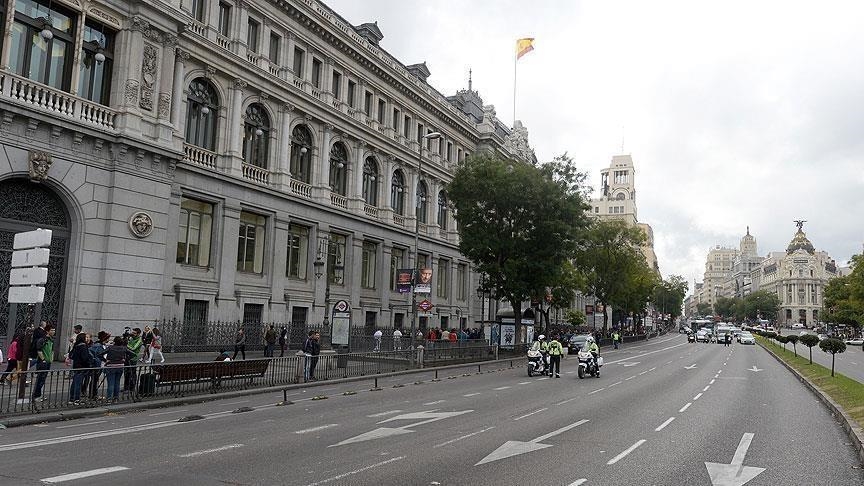

By Anadolu Agency
OVIEDO, Spain
Agricultural groups from across Spain demanded emergency measures to help cope with drought at a meeting between regional and national government representatives on Wednesday.
“This isn’t a time to diagnose the situation; we are already at a point where we need clear, precise, and effective measures urgently,” Pedro Barato of the ASAJA farmers’ union told journalists after the four-hour meeting.
The agricultural associations are calling for an emergency declaration that will provide more economic help and liquidity for farmers who are witnessing their investments wither due to a long-term drought.
They also warn that crop failures could push the price of food up even further. In March, food and non-alcoholic drink prices had shot up 16.6% year-over-year, according to official inflation data.
“We aren’t asking for water to produce fruit; we’re asking for water so we don’t lose our trees,” Narciso Ruiz, a farmers’ association head in Ciudad Real, told Spanish broadcaster RTVE.
He said perennial crops like grapes for wine and pistachios are already dying. This year, he is pruning away the fruit so the trees can concentrate on survival.
In areas of drought-stricken Catalonia, farmers estimate that they will lose as much as 90% of winter grain crops as well.
On Tuesday, the head of the Catalan water agency warned that the situation will become an emergency by September “if it doesn’t rain before June.”
Separately, Spanish Prime Minister Pedro Sanchez told lawmakers in parliament that Spain has to “reconfigure its relationship with water as it becomes increasingly scarce” and called for more cooperation between all decision-makers.
Sanchez believes the country must act on restoring rivers and aquifers, protecting against floods, advancing water purification and recycling, as well as digitalization.
“There has never ever been so many resources to invest in water and in modernizing our water policies as there are now,” he said.
This is not the first time Spain has faced a long-term drought situation. The most recent ones occurred from 1982-1984, 1991-1996, and 2005-2009.
While the country has been in an official long-term drought for little more than a year, rainfall has only been higher than average one year since 2015, which makes the situation all the more precarious.
At the same time, meteorological forecasts predict the country will experience hot and dry springs and summers yet again.
“The rapid advance of climate change … shows us that we have to adapt,” said Sanchez.
We use cookies on our website to give you a better experience, improve performance, and for analytics. For more information, please see our Cookie Policy By clicking “Accept” you agree to our use of cookies.
Read More